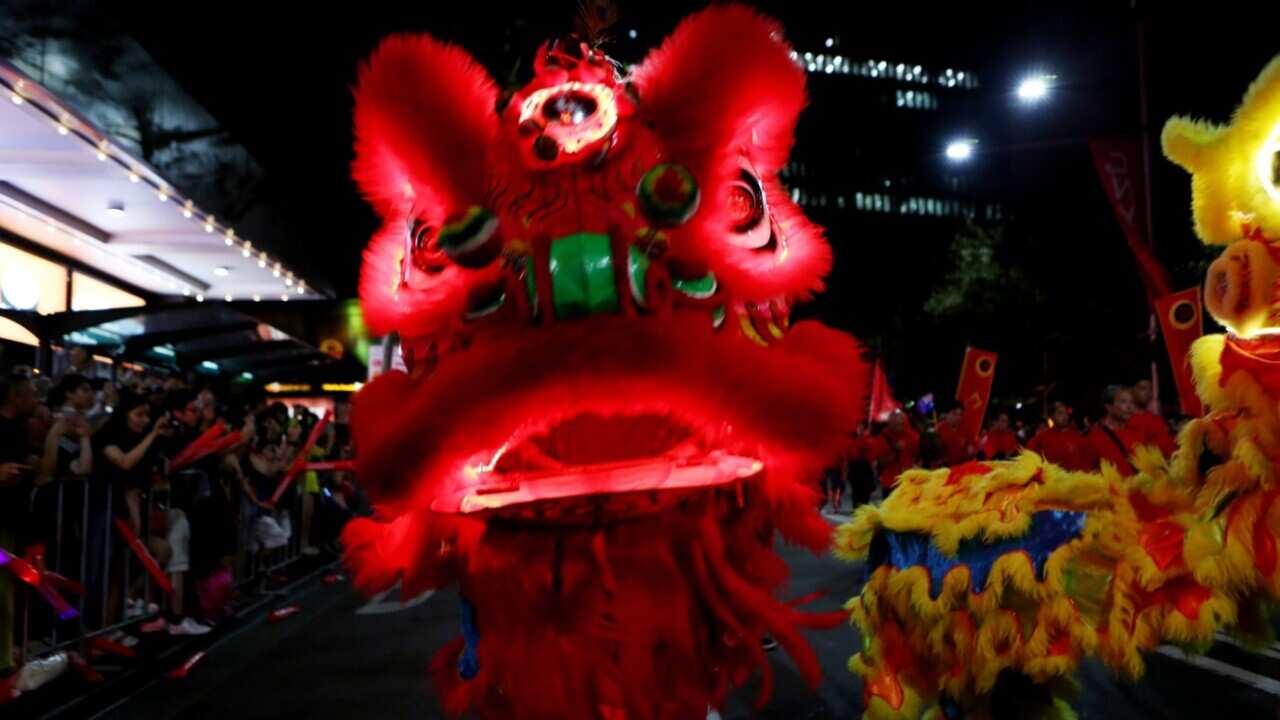Asian communities within Australia are geared up to bring in the Year of the Pig at Lunar New Year celebrations on February 5.
What you may not know is that most of the Lunar New Year celebrations in East Asian communities are based on the Chinese lunisolar calendar, and not the lunar calendar.
The Chinese lunisolar calendar indicates both the moon phase and the time of the solar year.
According to the lunisolar calendar, days begin and end at midnight, months begin on the day of the new moon, and years begin on the second or third new moon after the winter solstice. Therefore, the traditional New Year's day in China is to celebrate the beginning of Spring and the most common name of the Lunar New Year in China is the Spring Festival.
Therefore, the traditional New Year's day in China is to celebrate the beginning of Spring and the most common name of the Lunar New Year in China is the Spring Festival.

There’s much to take care of before January 28, as the Chinese follow a number of traditions leading up to and during the new year to help usher in good luck. Source: Imaginechina/AAP
Among the many customs observed during the festivities is the traditional lion dance - which stems from a popular legend dating back more than 2000 years.
The legend of Nian
According to tales and legends, Chinese New Year originated from a story where a village in China was terrorised by a beast called Nian.
Johnny Leung is the lead lion dancer of Yau Kung Mun, one of the most famous lion dancing troupes in Sydney.
He shares the story of Nian with SBS Mandarin.
"Nian means 'year' in Chinese," he said, "every year the beast would come down and terrorised their village".
"A wise man told the villagers that Nian was afraid of three things: Fire, loud noises and the colour red. So the next year the villagers fought back. They banged on every drum they could find, they would wear the colour red from head to toe, and they’ll light every firecracker they could find," he added.
"So as years went by they were no longer scared of Chinese New Year, they were actually celebrating it, and they would wear the colour red, light firecrackers and would perform the lion dance to tell the story of Chinese New Year to children all around the world." The dancers usually mimic a lion's movements in a colourful costume to bring good luck, happiness, and fortune to the audience.
The dancers usually mimic a lion's movements in a colourful costume to bring good luck, happiness, and fortune to the audience.

People welcome new year with traditional lion dance in Xining,Qinghai, China on January 1, 2019. Source: AAP
"The lion dance tells a story," Mr Leung said.
"The story usually resembles a lion approaching a particular project, being scared and finding something to play with and then concluding the performance.
"In order for humans to show it as an animal, it needs to do a lot of different types of movements and maintain different types of positions to make it look like an animal. These positions require us to train quite hard, maintain good fitness to be able to do so.
Mr Leung said lion dancing taught him a lot.
"It taught me what hard work can provide me and teach me. Also, it taught me how to work in a team."

Chinese dancing dragons perform in the Chinese New Year Festival in Sydney. Source: AAP

